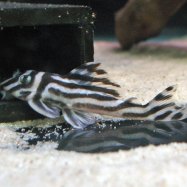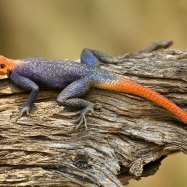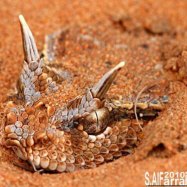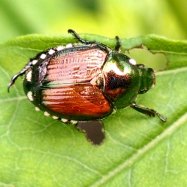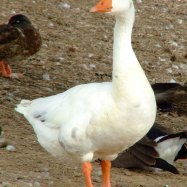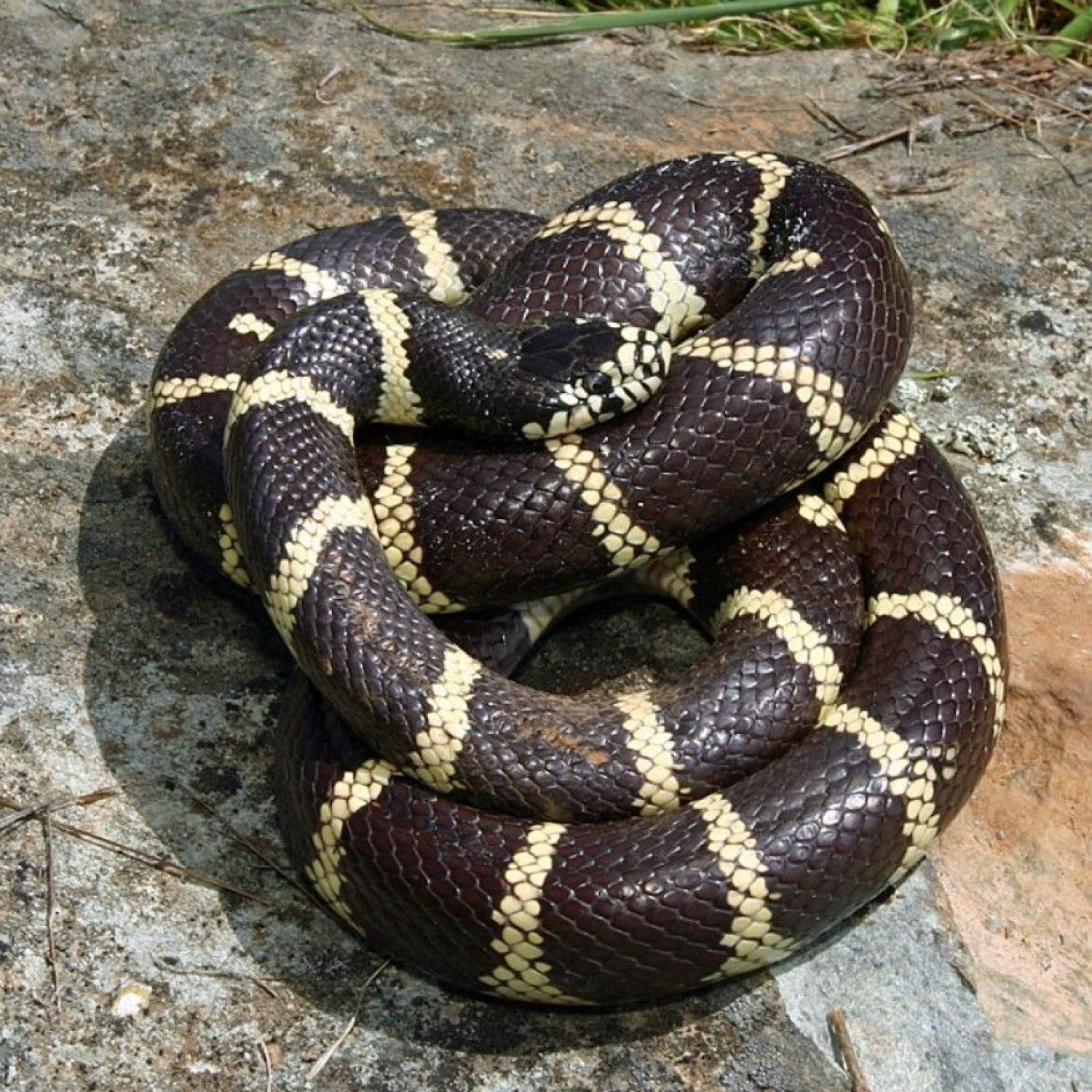
King Snake
2 to 6 feet
The King Snake, found all across the US, is a long and slender member of the Colubridae family. With a length of 2-6 feet, this sleek and powerful snake is known for its adaptability and diverse diet. From rodents to birds, these fearless predators reign over their territories with ease.
Animal Details Summary:
Common Name: King Snake
Kingdom: Animalia
Habitat: Varied habitats including forests, grasslands, deserts, and rocky areas
The Mighty King Snake: A Master of Adaptability and Ferocity
The striking sight of a King Snake gliding through its natural habitat is sure to leave anyone in awe. With its sleek black or dark brown body adorned with bold yellow or white bands, the King Snake is truly a sight to behold. But beyond its aesthetic beauty lies a fascinating animal with unique capabilities and impressive adaptability. In this article, we will take a closer look at the King Snake and discover what makes it one of the most revered reptiles in North America King Snake.The Beast's Name: Lampropeltis getula
Scientifically known as Lampropeltis getula, the King Snake is a non-venomous colubrid species found in the Animalia kingdom, Chordata phylum, and Reptilia class. They belong to the Squamata order and Colubridae family, making them closely related to other popular snake species such as rat snakes and garter snakes.Habitat Diversity and Hunting Tactics
One of the most intriguing aspects of the King Snake is its remarkable adaptability to various habitats. They are found all over the United States, thriving in varied environments such as forests, grasslands, deserts, and even rocky areas. This widespread presence can be attributed to their unique feeding method, which is by far one of the most interesting and clever among snakes. Unlike other snakes, the King Snake is known to possess a diverse diet, ranging from rodents and lizards to other snakes, including venomous ones.A Carnivorous Predator with a Twist
As mentioned earlier, King Snakes are skilled hunters with a diverse range of prey. They are known to have a keen sense of smell, which enables them to locate food with ease. But what sets them apart from other predators is their tendency to imitate venomous snakes Kiko Goat. Through a process called Batesian mimicry, the King Snake evolves to mimic the appearance and behavior of snakes such as the Coral Snake, a venomous species.This mimicry is a clever tactic to ward off potential predators who often mistake the King Snake for a dangerous and venomous species. Although they possess no real venom, their appearance and behavior can be very convincing, making them formidable predators in their own right.
Geographical Distribution
As mentioned earlier, the King Snake is found all over the United States, making its way through nearly every state, with the exception of Hawaii, Alaska, and some northern regions. Their wide geographical distribution is a testament to their adaptability and survival instincts. They can thrive in various temperatures and climates, making them one of the most versatile and successful reptiles in North America.An Impressive Body Structure
King Snakes have a distinctive body shape, which sets them apart from other snakes. Their slender and elongated body, coupled with their patterned coloration, gives them a regal and powerful appearance. They have smooth scales, making it easy for them to glide through various terrains effortlessly. On average, they measure between 2 to 6 feet in length, although some individuals can grow up to 7 feet, making them one of the larger non-venomous snake species.The Strength of Coloration
The King Snake's coloration is what makes them stand out from other snake species. They have a base color of black or dark brown, with striking bands or stripes of yellow or white. This unique coloration is known as aposematism, and it serves as a visual warning to predators that they are not to be trifled with. This coloration serves as a defense mechanism, and when coupled with their Batesian mimicry, it makes them a force to be reckoned with in the animal kingdom.A Force of Nature
In the world of animals, it is often survival of the fittest, and the King Snake proves that it is more than capable of thriving in its natural habitat. With its diverse diet, mimicry abilities, and adaptability to various habitats, it is no wonder that the King Snake is sometimes referred to as the "king of snakes." They are skilled hunters, clever adventurers, and a true force of nature.In Conclusion
In conclusion, the King Snake, scientifically known as Lampropeltis getula, is a fascinating and powerful animal that has carved a significant place for itself in the animal kingdom. With its intriguing hunting tactics, impressive adaptability, and striking coloration, it is no wonder that this non-venomous snake is greatly admired and respected. So the next time you come across a King Snake gliding through its natural habitat, take a moment to appreciate its beauty, but also remember to give it the respect it deserves as one of the most formidable creatures in North America.

King Snake
Animal Details King Snake - Scientific Name: Lampropeltis getula
- Category: Animals K
- Scientific Name: Lampropeltis getula
- Common Name: King Snake
- Kingdom: Animalia
- Phylum: Chordata
- Class: Reptilia
- Order: Squamata
- Family: Colubridae
- Habitat: Varied habitats including forests, grasslands, deserts, and rocky areas
- Feeding Method: Carnivorous
- Geographical Distribution: North America
- Country of Origin: United States
- Location: All over United States
- Animal Coloration: Black or dark brown with yellow or white bands or stripes
- Body Shape: Slender and elongated body
- Length: 2 to 6 feet
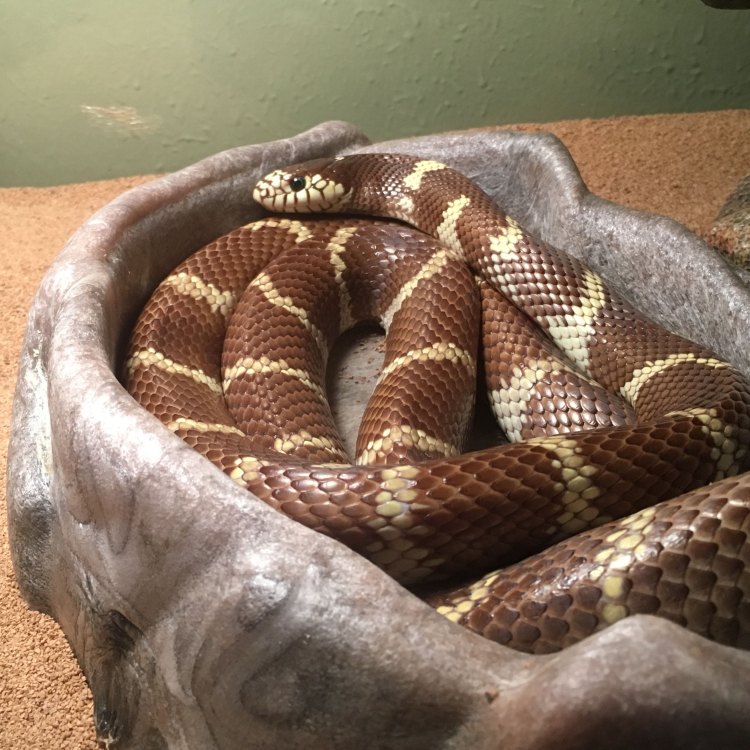
King Snake
- Adult Size: 3 to 6 feet
- Average Lifespan: 20 to 30 years
- Reproduction: Egg-laying
- Reproductive Behavior: Males engage in combat during mating season
- Sound or Call: Hissing or vibrating its tail
- Migration Pattern: Non-migratory
- Social Groups: Solitary
- Behavior: Nocturnal, secretive, and non-aggressive
- Threats: Habitat loss and fragmentation, road mortality
- Conservation Status: Least Concern
- Impact on Ecosystem: Control of rodent populations
- Human Use: Popular as pets and in the pet trade
- Distinctive Features: Bright coloration, ability to mimic venomous snakes
- Interesting Facts: King snakes are immune to the venom of other snakes
- Predator: Birds of prey, large mammals
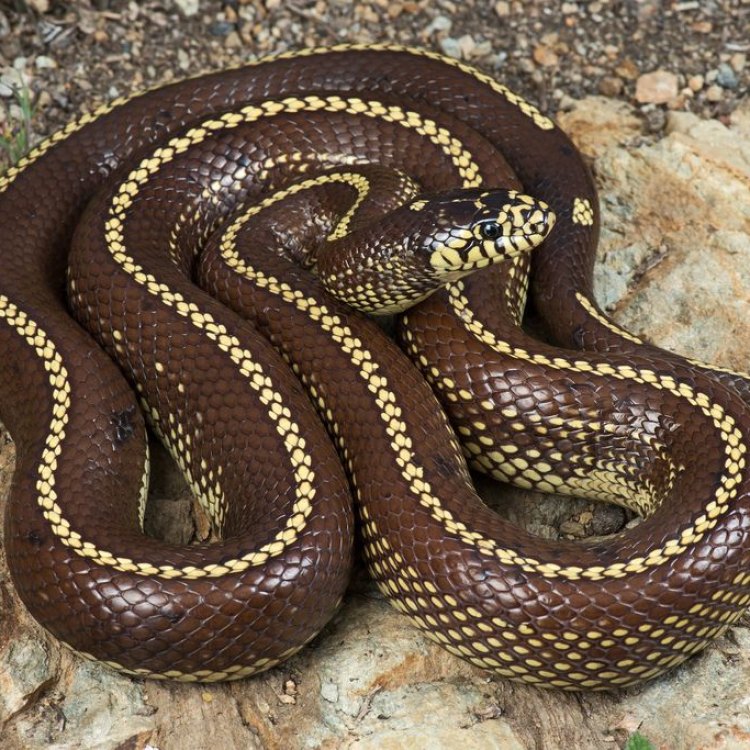
Lampropeltis getula
Unraveling the Mysteries of the King Snake: The Deadly Defender
In the vast world of reptiles, one species stands out for its sheer beauty, impressive defense mechanisms, and unique abilities. Meet the King Snake, a marvel of nature that has fascinated scientists and snake enthusiasts for centuries. From its distinctive appearance to its behavior and impact on the ecosystem, there is much to learn and appreciate about this remarkable creature.The King Snake, or Lampropeltis getula, is a non-venomous colubrid snake native to North and Central America PeaceOfAnimals.Com. It is a member of the Lampropeltis genus, which includes other species such as the milk snake and the scarlet king snake. With a striking and unmistakable appearance, the King Snake is a sight to behold. It has a glossy black body with bold white or yellow bands, giving it a regal appearance that is befitting of its name.
The average size of a King Snake in adulthood ranges from 3 to 6 feet, although there have been reports of some reaching up to 8 feet in length. They have a slender body, smooth scales, and a small triangular head. Interestingly, King Snakes are known for their ability to mimic venomous snakes, such as the deadly coral snake, through their coloration and pattern. This serves as a defense mechanism against potential predators, as they are often avoided due to this resemblance.
One of the most intriguing aspects of King Snakes is their reproductive behavior. They are egg-laying snakes, meaning that the females lay their eggs and then leave them to hatch on their own Kouprey. This process usually takes around 60 days, at which point the baby King Snakes emerge from their eggs, fully formed and ready to start their journey in the wild. The females can lay anywhere between 4 to 20 eggs, depending on the species and the size of the female.
However, what makes the reproductive behavior of King Snakes truly unique is the courtship ritual between males and females during the mating season. Unlike other snakes that may simply mate with the first available partner, male King Snakes engage in combat with other males during the breeding season. They will intertwine and entangle themselves, trying to overpower the other in a show of strength and dominance. This behavior may seem aggressive, but it is necessary for the males to prove their fitness and gain the attention of the females.
The King Snake is also known for its ability to make sounds, although it does not possess vocal cords. Instead, it hisses or vibrates its tail, producing a sound that mimics a rattlesnake. This is another technique used to deter predators and keep them at bay. The King Snake also has a keen sense of smell, using its tongue to pick up chemical scents in the environment, allowing it to locate potential prey and predators.
When it comes to its behavior, the King Snake is quite unique. It is a solitary creature, preferring to live and hunt alone. It is nocturnal, meaning it is most active at night, and tends to be secretive, hiding under rocks, in burrows, or in other small spaces. Unlike other snakes, the King Snake is generally non-aggressive and will only strike when threatened or provoked. This makes them less of a danger to humans and has made them popular in the pet trade. However, it is important to note that wild animals should not be kept as pets, and it is essential to research and understand their specific care needs before considering keeping them as pets.
As for their impact on the ecosystem, the King Snake plays a crucial role in controlling the population of rodents. As they are opportunistic hunters, they will prey on various small mammals and reptiles, including mice, rats, and even other snakes. This makes them valuable in keeping rodent populations in check, which can otherwise cause damage to crops and spread diseases.
Unfortunately, like most animals, King Snakes are facing threats to their survival. Habitat loss and fragmentation due to human activities such as development and agriculture have greatly affected their populations. They are also at risk of road mortality, as they are often hit by cars while crossing roads. These factors have led to their conservation status being listed as Least Concern, according to the International Union for Conservation of Nature (IUCN).
Despite these challenges, humans have also found a way to utilize and appreciate King Snakes. They are popular in the pet trade, with their striking appearance and docile nature making them desirable pets for reptile enthusiasts. However, as mentioned earlier, it is essential to understand and meet their care requirements to ensure their health and wellbeing.
Apart from their distinctive appearance, the King Snake is known for its unique ability to be immune to the venom of other snakes. This is due to a protein called ophiophagous, which they produce in their bodies. This protein neutralizes the venom, allowing them to consume venomous snakes without being harmed. This is a remarkable adaptation and has made the King Snake a highly effective predator in the wild.
In terms of predators, the King Snake may face threats from birds of prey, such as hawks and eagles, as well as large mammals like coyotes and raccoons. However, their ability to mimic venomous snakes and their immunity to snake venom give them a distinct advantage in defending themselves against potential predators.
In conclusion, the King Snake is a fascinating and impressive creature that has adapted and evolved to thrive in its environment. From its striking appearance to its unique abilities and behavior, there is much to learn and appreciate about this deadly defender. As we continue to understand and protect these animals, we can ensure their survival for generations to come. So, the next time you encounter a King Snake in the wild, admire it from a safe distance and marvel at the wonders of nature.
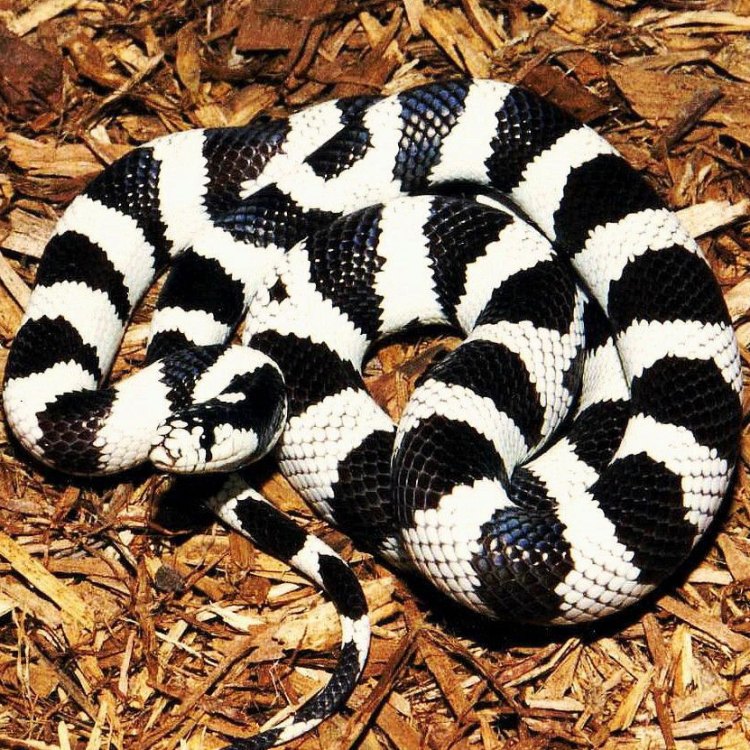
The Mighty King Snake: A Master of Adaptability and Ferocity
Disclaimer: The content provided is for informational purposes only. We cannot guarantee the accuracy of the information on this page 100%. All information provided here may change without prior notice.

